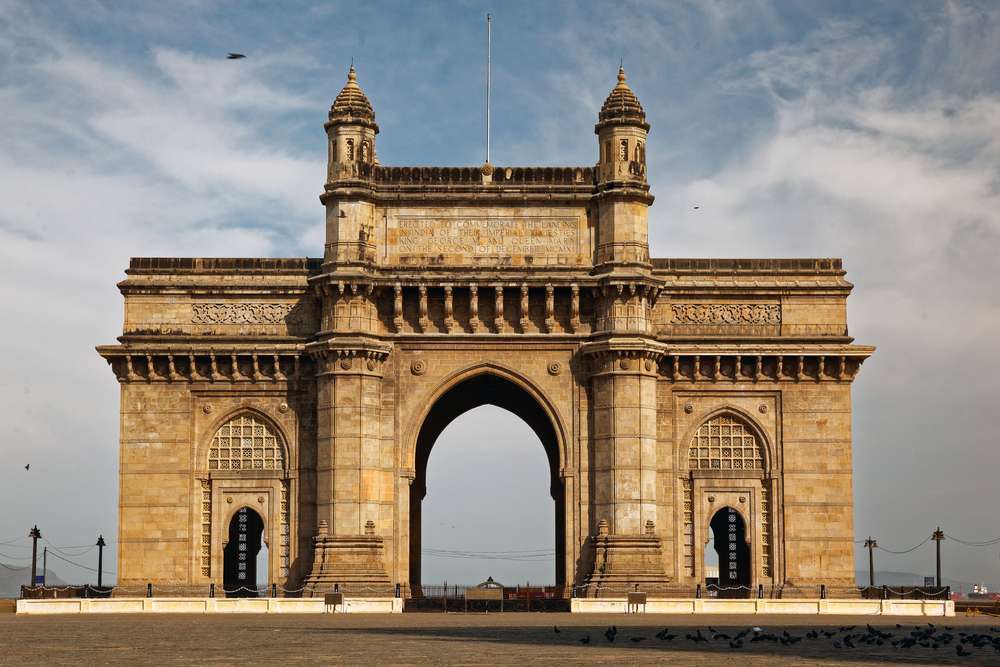India, a land steeped in rich cultural heritage, is renowned for its vibrant festivals that showcase the country’s diversity, spirituality, and zest for life. From the exuberant colors of Holi to the spiritual fervor of Diwali, India’s festivals offer a captivating glimpse into its soul. In this article, we invite you to embark on a journey through some of the most captivating festivals that paint the canvas of India with joy, devotion, and celebration.
Holi – The Festival of Colors
Holi, the festival of colors, is a riotous celebration that marks the arrival of spring. With playful abandon, people throw vibrant colored powders and water at each other, creating a kaleidoscope of hues. Holi fosters unity and joy as it breaks down social barriers and fosters a sense of camaraderie. Traditional sweets and savory delights further enhance the festive spirit.
Diwali – The Festival of Lights
Diwali, also known as Deepavali, illuminates India with its brilliance. This festival of lights symbolizes the triumph of light over darkness and good over evil. Homes are adorned with oil lamps, candles, and decorative lights. Bursting fireworks, sharing sweets and gifts, and creating intricate rangoli designs are integral to this joyous celebration.
Durga Puja – The Goddess’ Triumph
Durga Puja is a significant festival in West Bengal, celebrating the goddess Durga’s victory over the buffalo demon Mahishasura. Elaborate pandals (temporary structures) house beautifully crafted idols of the goddess and her entourage. Cultural performances, traditional music, and indulgent feasts add to the splendor of this vibrant festival.
Ganesh Chaturthi – Welcoming the Elephant God
Ganesh Chaturthi is a joyous festival that celebrates the birth of Lord Ganesha, the elephant-headed god of wisdom and prosperity. Elaborate idols of Lord Ganesha are installed in homes and public places, and after a period of festivities, the idols are immersed in water bodies. The energy, devotion, and artistry involved in creating and adorning these idols are awe-inspiring. Ganesh Chaturthi honors Lord Ganesha, the elephant-headed deity of wisdom and prosperity. Elaborate idols of Ganesha are installed in homes and public places. Devotees engage in processions, prayers, and lively dances, followed by the immersion of the idols in bodies of water, symbolizing Ganesha’s return to his abode.
Eid al-Fitr – The Festival of Breaking the Fast
Eid al-Fitr, celebrated by the Muslim community, marks the end of Ramadan, a month of fasting and prayer. Families come together to share feasts, exchange gifts and offer prayers at mosques. The festive atmosphere is marked by new clothes, decorations, and acts of charity.
Pongal – Harvest and Gratitude
Pongal, celebrated predominantly in Tamil Nadu, is a harvest festival that honors the sun god and expresses gratitude for the agricultural abundance. Colorful kolam (rangoli) patterns, traditional attire, and the preparation of a sweet dish called Pongal mark the celebration.
Navratri and Dandiya Raas – Dance of Devotion
Navratri, a nine-night festival, is dedicated to the worship of the goddess Durga. It culminates in Dandiya Raas, a traditional dance form performed with colorful sticks. Dressed in vibrant attire, participants engage in energetic dance routines, creating a lively and festive atmosphere.
Onam – Kerala’s Harvest Festival
Onam is a grand celebration in Kerala that commemorates the return of the mythical king Mahabali. Elaborate flower arrangements called pookalam, traditional feasts served on banana leaves, and snake boat races are integral to the festivities.
Lohri – The Bonfire Festival
Lohri, celebrated predominantly in Punjab, marks the end of winter and the arrival of longer days. People gather around bonfires, singing and dancing to traditional songs. The festival also involves the exchange of sugarcane, sesame seeds, and other goodies.
Raksha Bandhan – Sibling Bond
Raksha Bandhan celebrates the bond between brothers and sisters. Sisters tie colorful threads (rakhis) around their brothers’ wrists, symbolizing love and protection. Brothers reciprocate with gifts and promises to safeguard their sisters.
Conclusion
India’s festivals are more than just celebrations; they are reflections of its cultural tapestry, traditions, and values. These captivating festivals provide an opportunity for people from all walks of life to come together, celebrate, and experience the joy of unity in diversity. Whether it’s the vibrant colors of Holi, the radiant lights of Diwali, or the rhythmic beats of Dandiya Raas, each festival in India tells a unique story, painting the canvas of the country with love, happiness, and a sense of togetherness. So, immerse yourself in the world of color and celebration, and witness firsthand the mesmerizing charm of India’s diverse festivals.
Also read: Living Like a Local: Immersive Travel Experiences through Homestays in India



